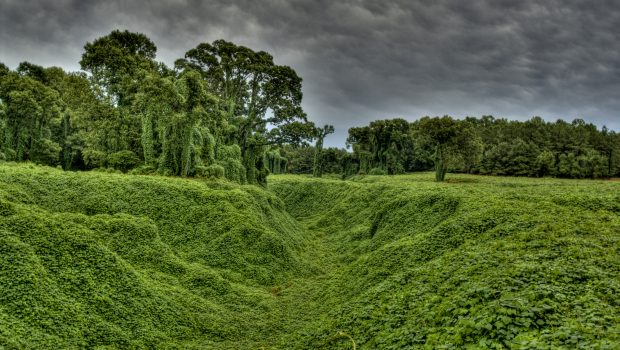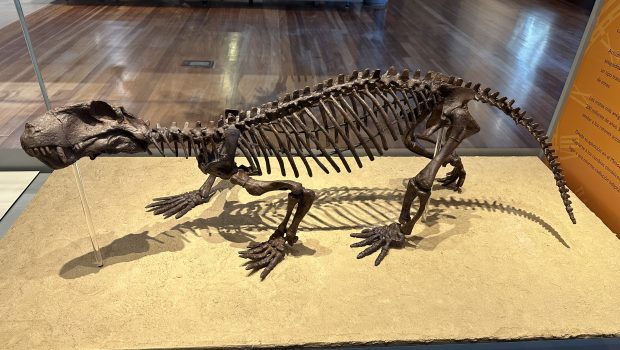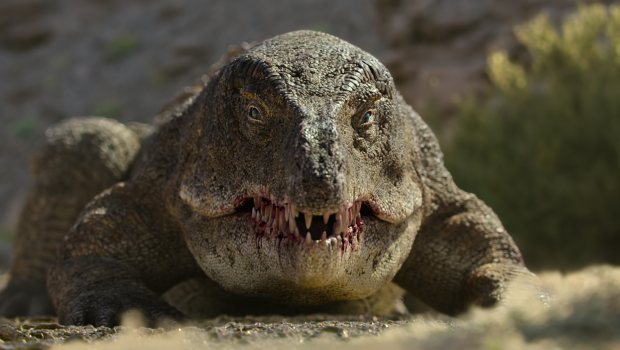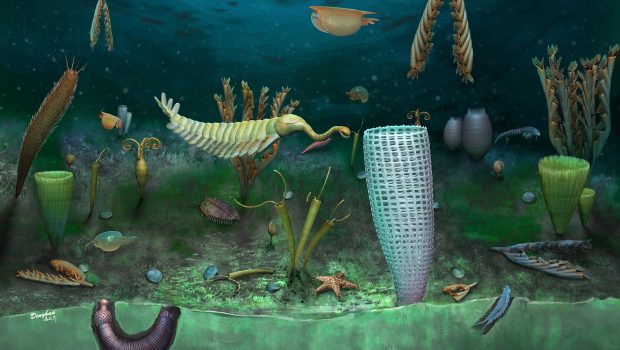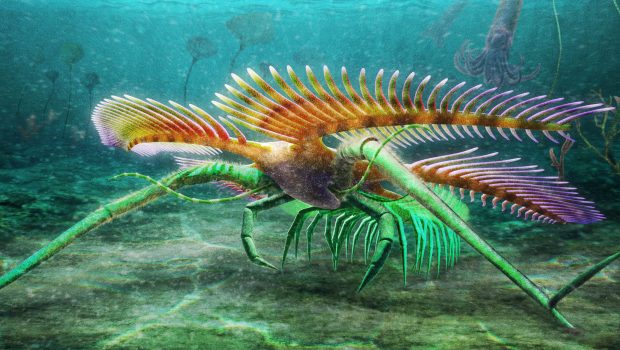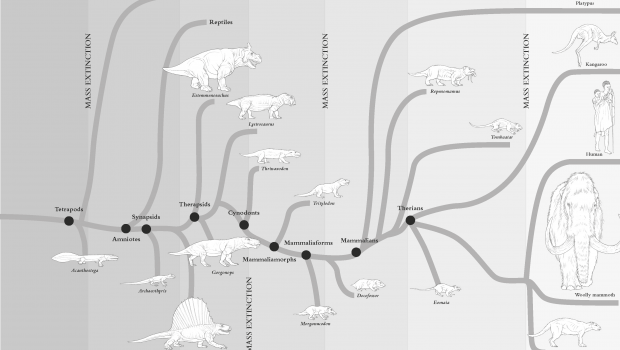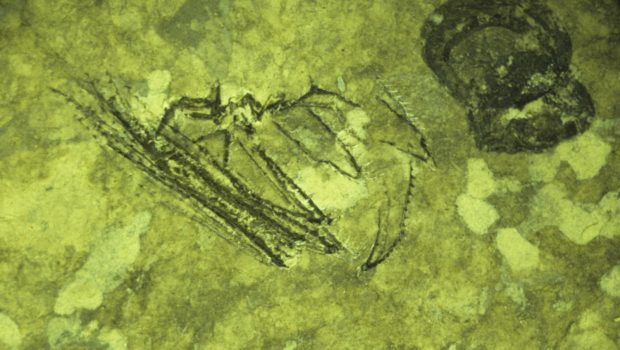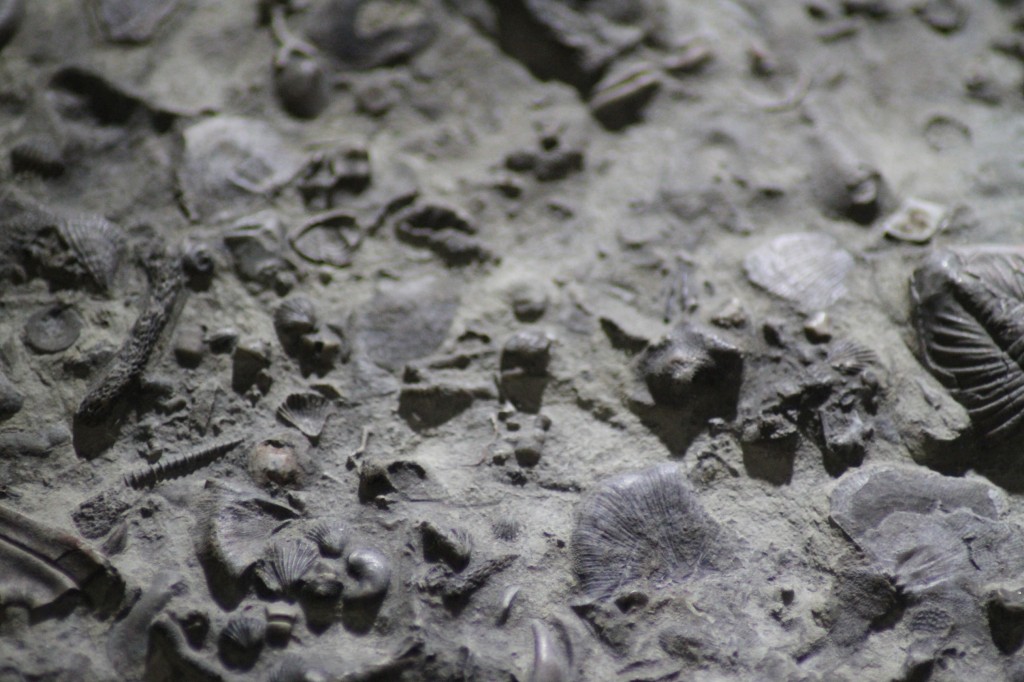The Paleozoic era, meaning “ancient life”, is a division of earth’s history spanning from around 541 to 252 million years ago. It is subdivided into the Cambrian, Ordovician, Silurian, Devonian, Carboniferous and Permian periods. The beginning of the Paleozoic is characterised by the sudden appearance of animal ecosystems following the extinction of the Precambrian Ediacaran fauna. The end of the Paleozoic is marked by the greatest mass extinction in earth’s history, following which global ecosystems were radically reorganised.
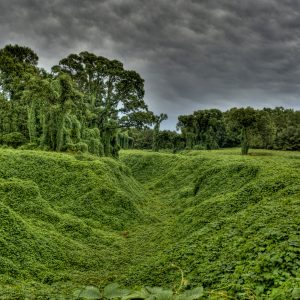
Published on February 22nd, 2025 | by David Marshall
What happens when the presence of a single species impacts everything in an environment? Dr Tom Smith joins us to discuss ecosystem engineers... Read More →
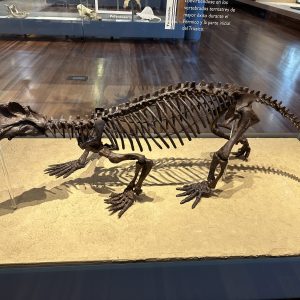
Published on June 14th, 2024 | by Hady George
The jaws of predatory synapsids fall under three distinct categories but what was each one adapted for... Read More →
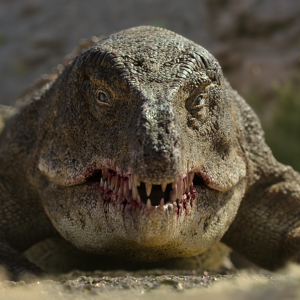
Published on October 25th, 2023 | by David Marshall
We're granted exclusive access to this new Netflix documentary... Read More →
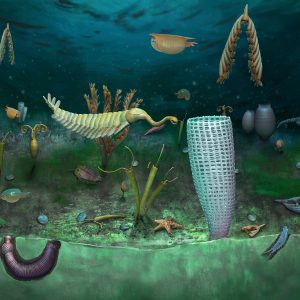
Published on May 1st, 2023 | by David Marshall
We break the news about an exciting new 'Burgess Shale Type' site that's just been discovered in Wales!... Read More →
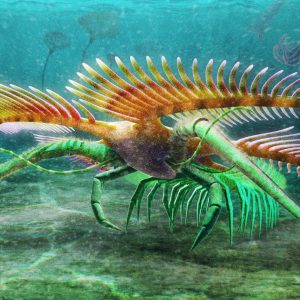
Published on May 16th, 2022 | by David Marshall
Joe Moysiuk joins to plug a hole in the sparse evolutionary record of the marrellomorphs with his newly described species... Read More →
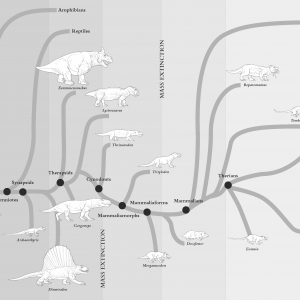
Published on June 16th, 2021 | by David Marshall
Our very own Dr Elsa Panciroli comes on the show to discuss her new book 'Beasts Before Us'... Read More →
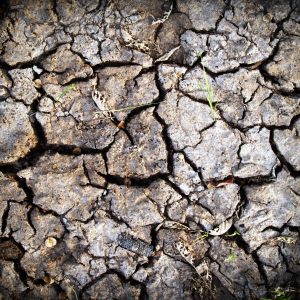
Published on March 16th, 2021 | by Elsa Panciroli
Terrestrial life as we know it couldn’t exist without soil. Soil is a layer of minerals, organic matter, liquids, gasses and organisms that not only provides a medium for plant growth, but also modifies the atmosphere, [&hellip... Read More →
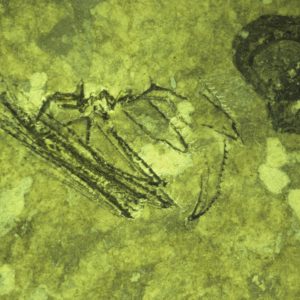
Published on December 18th, 2020 | by David Marshall
We consider the unique taphonomy of the Soom Shale biota with Prof. Sarah Gabbott... Read More →
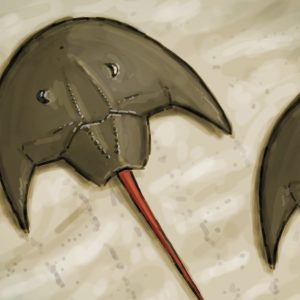
Published on July 31st, 2020 | by David Marshall
Dr Russell Bicknell joins to examine the evolutionary history of the horseshoe crabs... Read More →
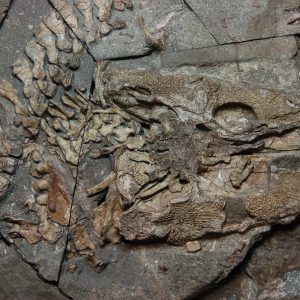
Published on May 31st, 2020 | by Vishruth Venkat
Prof. Mike Coates and Ben Otoo both join to discuss Jenny Clack's Legacy... Read More →


